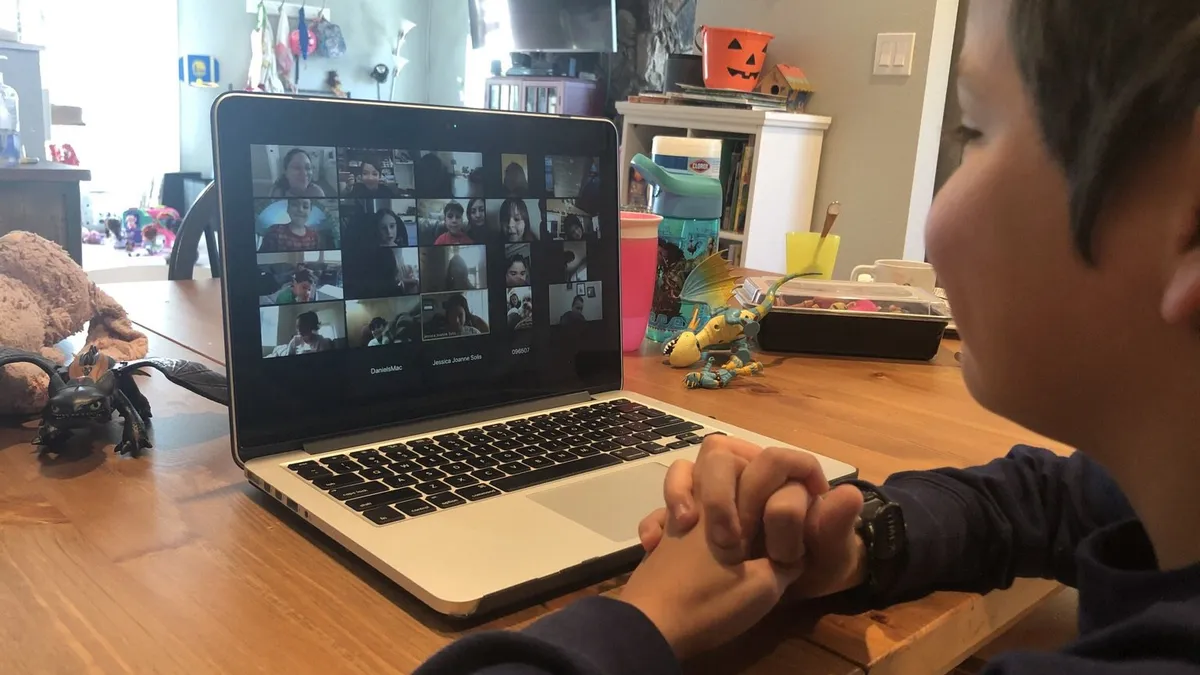Dive Brief:
-
To make up for lost time and opportunities for interaction, some California teachers are giving English learners plenty of chances to write and talk about how they feel, EdSource reports.
-
Teachers are also making learning environments especially warm and inviting to ease any anxiety and stress experienced during the pandemic, while also building trust. A curriculum developed by Sobrato Early Academic Language (SEAL) includes tool kits to ease the transition back to school after prolonged distance learning.
-
Easing ELs back into the classroom requires a heavy social-emotional learning focus through activities like circle time. English learners also need visual cues and starting words so they can create their own sentences, and group conversations, driven by the exchange of tokens, can encourage quiet students to speak and talkative students to listen.
Dive Insight:
Practicing English as a second language requires plenty of opportunities to interact. During the pandemic, in-person interaction was kept to a minimum and many districts didn’t have proper plans to engage English learners.
A report by Californians Together, a nonprofit that advocates for equitable education for ELs, found most of the 41 districts it reviewed did not have learning continuity and attendance plans for ELs in place and did not prioritize in-person learning plans. Of those, about 40% had weak plans to assess and monitor ELs’ progress, and nearly half didn’t differentiate between individual ELs and their unique instructional needs.
Navigating distance learning during pandemic-related school closures was difficult for most students and teachers. But for ELs, the challenge was exponential. English learners make up about 10% of the student population, and data shows that even pre-pandemic, ELs were behind their English-proficient peers. The ELs were also less likely to live in a home with reliable internet access. Food insecurity, unstable home environments and working parents — who were unable to help with school at home — contributed to their plight.
Bringing ELs up to speed after more than a year of remote or hybrid instruction will be tricky. Some districts, such as Azusa Unified School District in California, are taking steps to add more time to the school day. Azusa Unified gave ELs additional language development classes 45 minutes before and after the regular school day in the 2020-21 school year. At the time, classes were all online.
It’s also important to remember that, like English-proficient students, ELs have different learning strengths and weaknesses. It’s not a one-size-fits-all approach. Most students need five to seven years to become fluent in English, and some may have dyslexia or attention deficit and hyperactivity disorder that can complicate their comprehension of new materials.





 Dive Awards
Dive Awards







